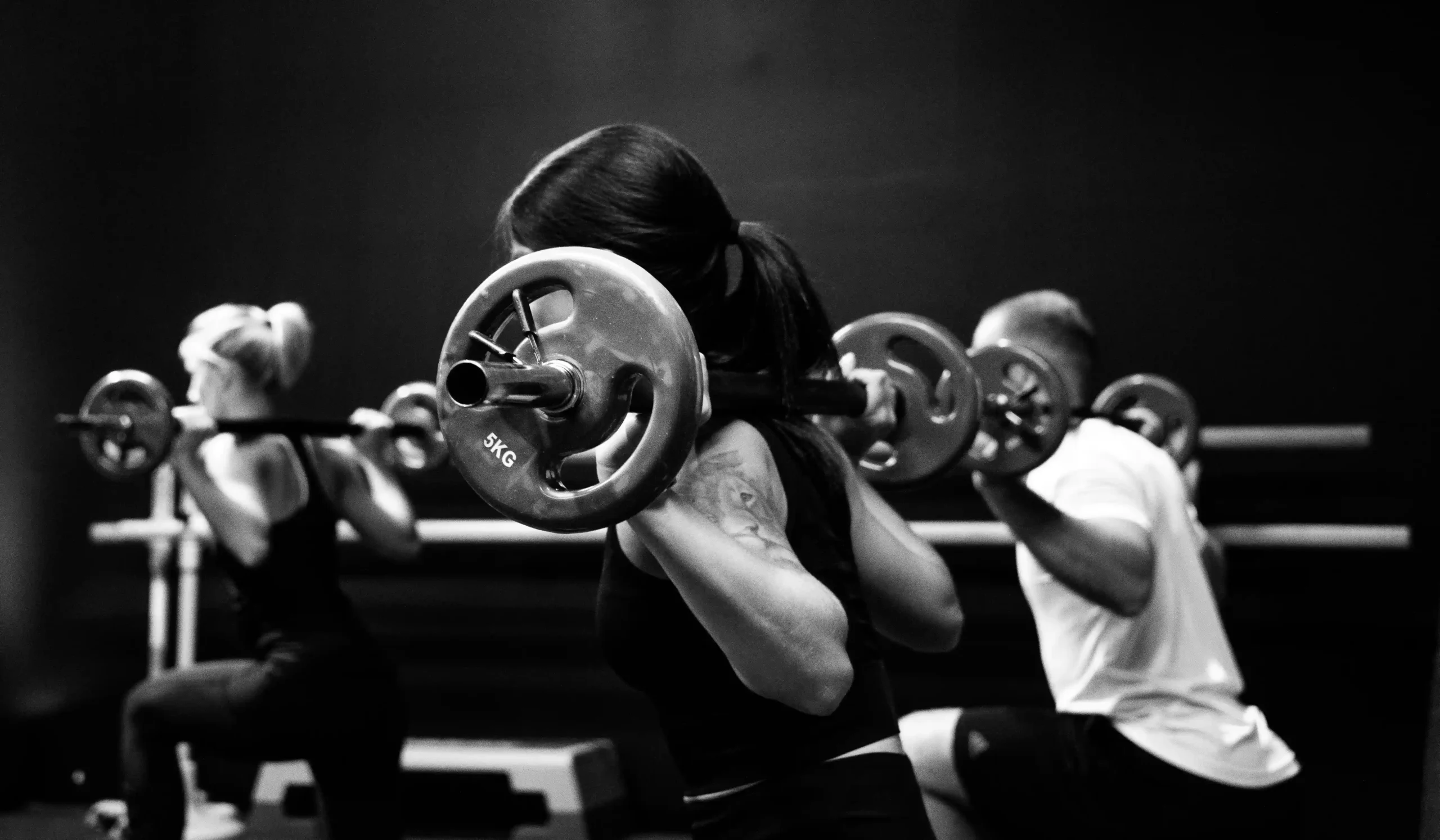Glute Exercise Machine: Sculpting the Future of Fitness
In 2025, the fitness industry is booming, with a projected market value of $105 billion—and at the heart of this growth lies a surprising hero: the glute exercise machine. Once relegated to boutique gyms, these machines are now indispensable in home workouts, commercial fitness centers, and even corporate wellness programs. Why? Because strong glutes aren’t just about aesthetics; they’re critical for posture, athletic performance, and injury prevention. But with advancements in AI, ergonomic design, and hybrid training, today’s glute exercise machines are smarter, more versatile, and more accessible than ever. Whether you’re a startup founder building a wellness app, a gym owner upgrading equipment, or a marketer targeting fitness enthusiasts, understanding this trend is key. Ready to dive into the glute revolution? Let’s explore how these machines are reshaping fitness in 2025 and how you can leverage their potential.
The Rise of Glute-Focused Fitness in 2025
Gone are the days when leg day meant endless squats. In 2025, targeted glute training has become a cultural phenomenon, driven by social media influencers, physiotherapists, and fitness tech innovators. A 2024 study by the American Council on Exercise (ACE) found that 78% of gym-goers prioritize glute exercises, citing benefits like reduced lower back pain and improved sprint times. This demand has spurred brands like NordicTrack, Peloton, and Tonal to launch glute exercise machines with real-time form feedback and adaptive resistance.
Entrepreneurs are capitalizing on this shift. Startups like GluteLab and BootyKing have built entire ecosystems around glute workouts, offering subscription-based apps that sync with smart machines. Meanwhile, physical therapists use glute exercise machines for rehabilitation, as weak glutes are linked to injuries in runners and desk workers alike. For innovators, the message is clear: Glutes are no longer a niche—they’re a necessity.
What’s fueling this trend? For one, the post-pandemic home gym boom. Compact, multi-functional glute machines now dominate small spaces, with models like the NordicTrack Vault offering storage and 50+ workout modes. Secondly, gen Z and millennials prioritize functional fitness—exercises that translate to real-world strength. As fitness influencer @FitWithFelicia puts it, “Strong glutes mean better hikes, smoother dance moves, and chasing toddlers without pulling a muscle.”
For businesses, the opportunities are vast. Gyms are installing glute zones with hip thrust machines and abduction trainers, while apparel brands design “booty-friendly” activewear. Even the corporate world is embracing glute exercise machines; Google’s Zurich office added them to their wellness rooms in late 2024. The lesson? Glute training is no longer optional—it’s foundational.
Top Glute Exercise Machines Dominating 2025
Not all glute machines are created equal. In 2025, four models stand out for their innovation and user satisfaction. First, the Peloton Glute Drive, a sleek, connected machine that pairs with live classes and adjusts resistance based on performance data. Peloton’s Q4 2024 report revealed a 40% sales spike post-launch, proving the power of community-driven workouts.
Next, the Tonal GluteBuilder uses AI to analyze muscle engagement, offering hyper-personalized routines. A LinkedIn case study showed that users gained 15% more strength in three months compared to traditional weights. Meanwhile, the BootySprout Pro caters to home users with its foldable design and band-based resistance, perfect for apartment dwellers.
For luxury seekers, the TechnoGym Skillup Glute combines VR integration and gamification. Users “squat” to dodge obstacles in a virtual world, making workouts addictive. As TechnoGym’s CEO noted, “Engagement rates doubled when we merged fitness with immersive storytelling.”
But innovation isn’t just about tech. The budget-friendly XMark Hip Thrust Machine wins praise for its durability and ease of use. Gyms like Planet Fitness have added it to their floors, attracting casual exercisers intimidated by complex equipment. The key takeaway? Variety reigns. Whether high-tech or minimalist, there’s a glute exercise machine for every audience.

How to Choose the Right Glute Machine for You
With endless options, selecting the ideal glute exercise machine requires strategy. First, assess your space. Compact models like the BootySprout Pro fit in closets, while the Peloton Glute Drive demands a dedicated corner. For trainers, the ACE Fitness recommends 25-35 square feet per machine in commercial settings.
Next, consider your goals. Hypertrophy enthusiasts need heavy resistance, making the Tonal GluteBuilder ideal. Rehabilitation? Opt for machines with adjustable angles, like the TechnoGym Skillup. Budget is another factor. While premium models cost up to $4,000, brands like Sunny Health offer quality under $500. Leasing programs, like GluteKraft’s $99/month plan, also lower barriers.
Don’t overlook smart features. Posture sensors and app integration are vital for remote coaching—a must for fitness influencers. Lastly, test before investing. Many brands offer 30-day trials, and gyms like Equinox let members demo new equipment. As boutique owner Lila Chen advises, “If it feels clunky during a lunge, your clients will hate it.”
The final step? Future-proofing. Look for machines with upgradable software or modular attachments. The NordicTrack Vault, for example, adds new workout modes via annual updates. In 2025, a glute exercise machine isn’t just a purchase—it’s a long-term partnership.
Integrating Glute Machines into Modern Workouts
Glute exercise machines shine when combined with other modalities. Hybrid training—mixing machine work with free weights or yoga—is 2025’s top trend. For example, pairing hip thrusts with kettlebell swings boosts explosive power, while glute bridges post-yoga enhance flexibility.
Group classes are also evolving. Barry’s Bootcamp now offers “Glute & Abs” sessions, alternating between machines and floor exercises. Meanwhile, apps like SweatBetty sync machine reps with heart rate zones, optimizing calorie burn. According to a Mindbody 2024 survey, 63% of attendees prefer classes blending machines and bodyweight moves.
For trainers, programming is key. ACE-certified coach Derrick Wells suggests “20 minutes of glute isolation post-cardio to prevent fatigue.” Others advocate for supersets: cable kickbacks followed by banded clamshells. The goal? Balance—machines build strength, while functional movements improve mobility.
At home, integration is simpler. Stream services like Apple Fitness+ guide users through 15-minute glute sessions post-run. The mantra for 2025: Glute exercise machines aren’t standalone tools—they’re pieces of a larger, smarter puzzle.
Case Studies: Success Stories with Glute Machines
Real-world wins prove the power of glute exercise machines. Take GymShark’s flagship store in LA. After adding six TechnoGym Skillups, membership retention rose 22% in Q3 2024. Members cited “fun challenges” and “visible results” as reasons to stay.
Influencer Marketing: Fitness star Ana Hernandez gained 500K followers by documenting her 90-day BootySprout journey. Her viral #GluteGainsChallenge drove a 300% sales spike for the brand, showcasing the power of authentic storytelling.
Rehab Breakthroughs: At Boston Sports Medicine, patients using the Tonal GluteBuilder recovered from ACL tears 30% faster than those using traditional PT. Dr. Emily Tran credits the machine’s precise resistance curves: “It mimics real-life movements better than bands.”
Corporate Wellness: Salesforce’s 2024 pilot program found that employees using under-desk glute machines (like the Cubii Glute) reported 18% less back pain. Now, 73% of Fortune 500 companies offer similar tools. The ROI? Healthier, happier teams.
Future Trends: What’s Next for Glute Exercise Tech
The glute exercise machine of 2030 is taking shape today. Expect AI coaches that adjust workouts based on mood (via voice analysis) and recovery needs. Startups like GluTech are prototyping machines with wearable integration, syncing with smart rings to track muscle fatigue.
Sustainability will matter, too. Brands like EcoFit are testing machines made from recycled ocean plastics, while solar-powered models hit Kickstarter in late 2024. Gamification will level up: imagine earning crypto rewards for hitting PRs on a VR-enabled machine.
Lastly, inclusivity will drive design. Adjustable machines catering to all body types—like the forthcoming CurvesMax—will dominate. As Peloton’s Head of Design stated, “2025 is about making fitness feel possible for everyone.” From seniors to athletes, glute exercise machines will adapt, not dictate.
For innovators, the time to act is now. Whether you’re coding AI routines or engineering eco-friendly frames, the glute machine market is ripe for disruption. The question isn’t “if” but “how” you’ll contribute.
Conclusion
The glute exercise machine is no longer a luxury—it’s a cornerstone of modern fitness. In 2025, these machines empower individuals to build strength, prevent injuries, and embrace holistic wellness, while offering entrepreneurs and brands a lucrative, purpose-driven market. From AI-enhanced trainers to sustainable designs, the future is bright—and glute-focused. Ready to join the movement? Whether you’re investing in a home machine, launching a fitness app, or reimagining gym spaces, the tools for success are here. Now, it’s your turn to take action. Share your glute journey with #GluteGoals2025 and inspire the next wave of innovation. The revolution is underway—don’t just witness it, lead it.

Can you be more specific about the content of your article? After reading it, I still have some doubts. Hope you can help me.